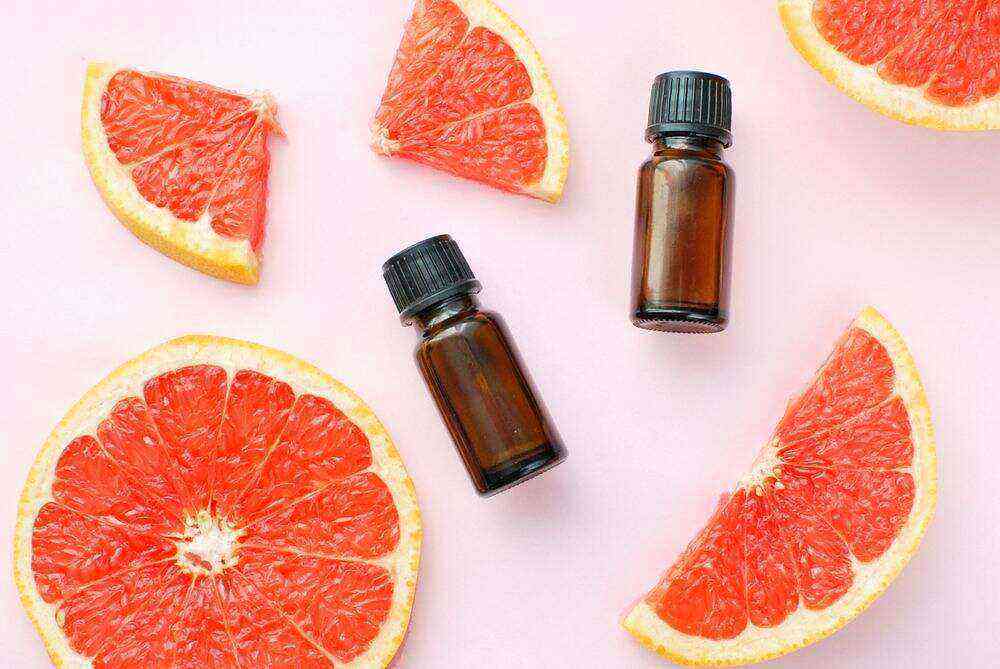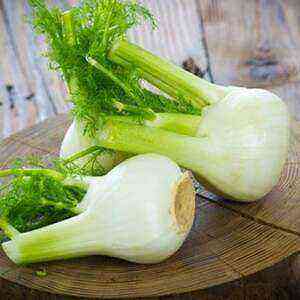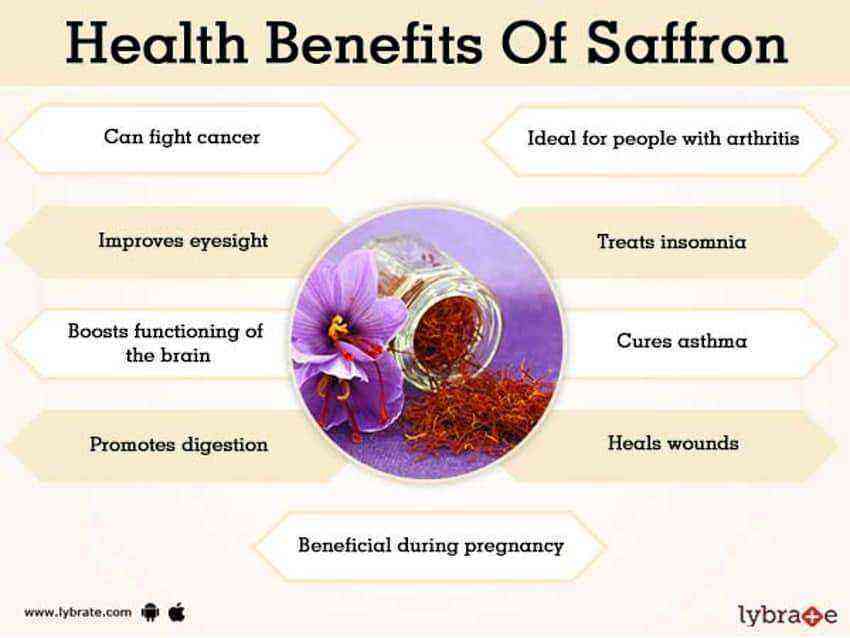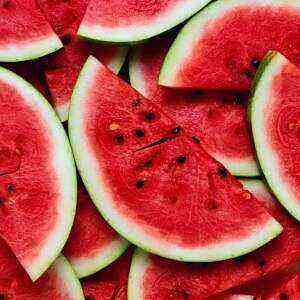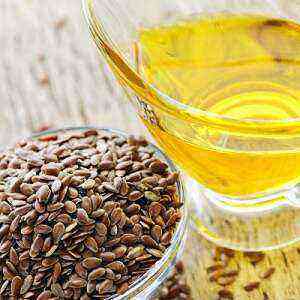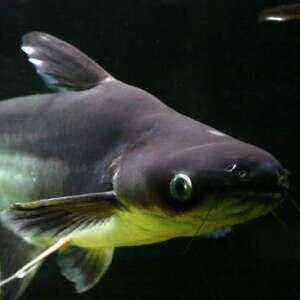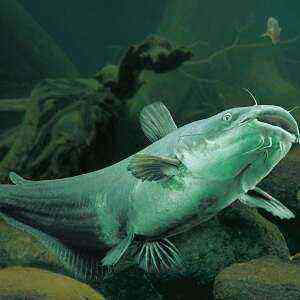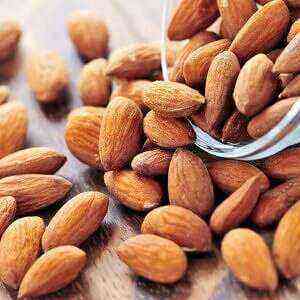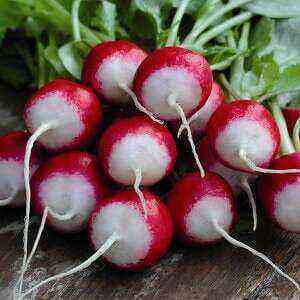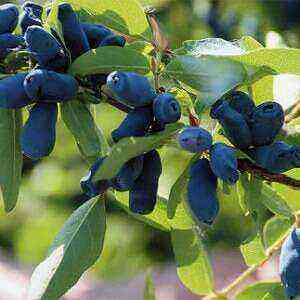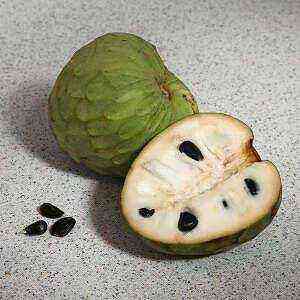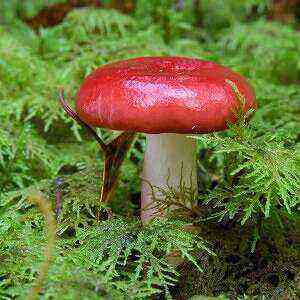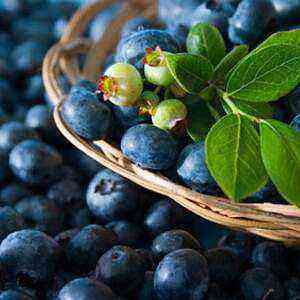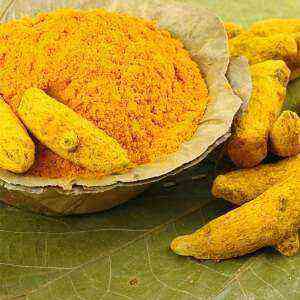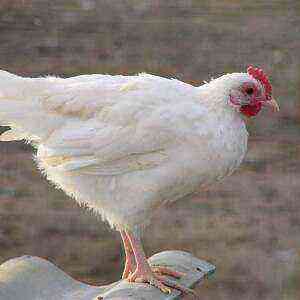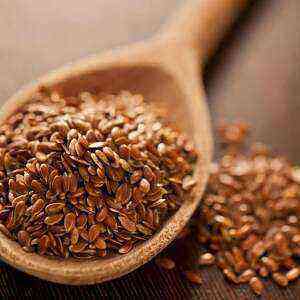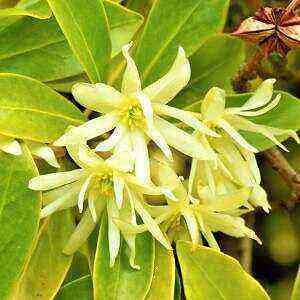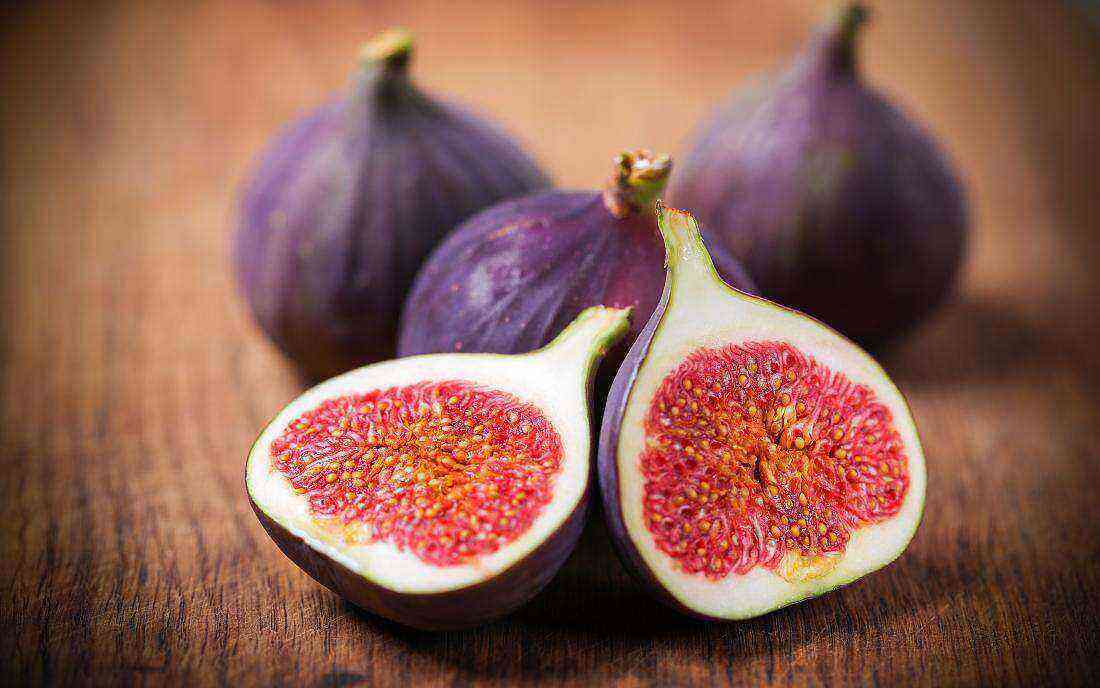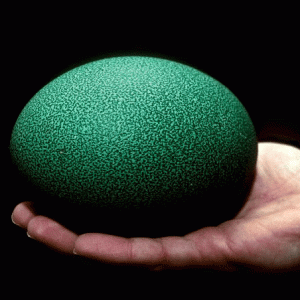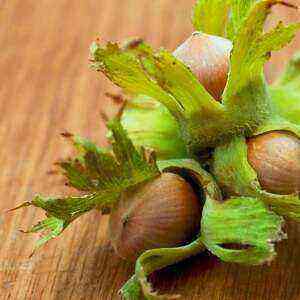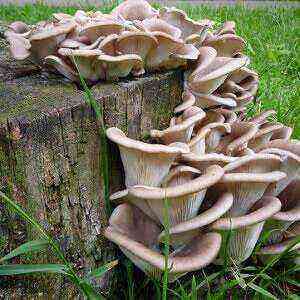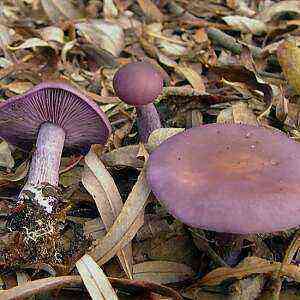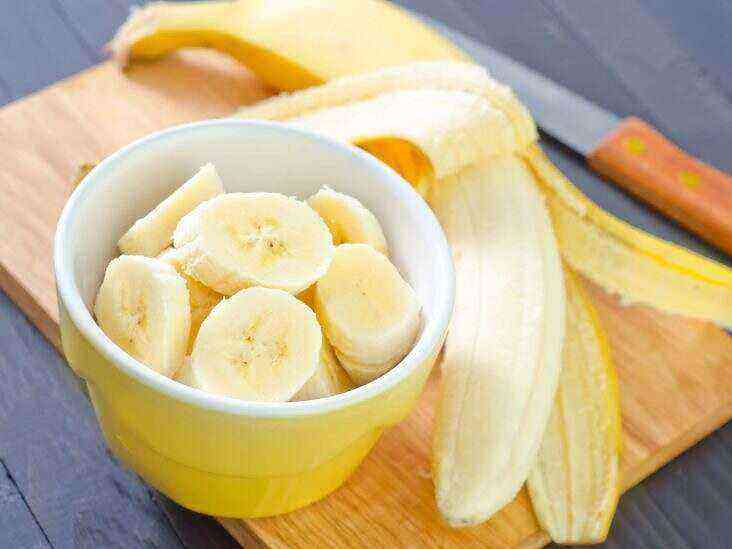
So that perishable fruits could be brought from distant countries, they began to harvest them in the most accessible way at that time – to dry them. This is how apricot (dried apricot with stone), kaisa (dried apricot, from which the stone was removed through the place of attachment of the stalk) and dried apricots appeared.
How and where grows
Apricot is one of the members of the plum family. This tree is cultivated in China, Central Asia, Mediterranean countries and southern regions of Europe. The tree can reach a height of 7-10 m, and its crown diameter is 3 m. Apricots prefer sunny warm days during fruiting, but at the same time they are frost-resistant in winter.
Trees love soil that is moderate in nitrogen, phosphorus, and potassium. With their lack, the plant sheds flowers and ovary, and its leaves turn yellow and fall off. When there is a lack of moisture in the soil, the apricot stops growing.
Depending on the type of tree, flowering begins in April-May. The apricot flowers are white or pinkish, the fruit is formed from the ovary – a juicy drupe. Fruits ripen in June-July.
Chemical composition
Apricots lose moisture during drying, so the substances contained in the pulp are concentrated in its remainder. Thus, in terms of 100 g of dry pulp, the concentration of nutrients, minerals and vitamins significantly exceeds that in fresh fruits.
Dried apricots have a rich chemical composition. It contains (per 100 g of pulp) .:
Carbohydrates of dried apricots more than 80% consist of easily digestible carbohydrates (mono- and disaccharides). It is they that determine the high energy value of these fruits. The glycemic index of dried apricots is 30 units, so they are not recommended for those suffering from diabetes.
There are few proteins in dried apricots (only 3 g per 100 g of product), but they contain all the essential (essential) amino acids necessary for a person, without which the synthesis of a complete protein is impossible.
Essential Amino Acids
Name
Content in 100 g, grams
Arginine
0.06-0.19
Valine
0.12-0.18
Histidine
0.044-0.08
Isoleucine
0.08-0.15
Leucine
0.14-0.29
Lysine
0.12-0.34
Methionine
0.019-0 02
Threonine
0.065 to 0.18
Tryptophan
from 0.014 to 0.09
Phenylalanine
0.08 to 0.2
Among the main protein substances, dried apricots contain a large amount of purine bases (up to 25% of the daily value in 100 g of dried apricots), therefore, the use of this dried fruit is dangerous for gout and urolithiasis.
There are not many fats in dried apricots (up to 0,5 g in 100 g of pulp), but they are useful, because 3/4 are represented by unsaturated fatty acids. Dried apricots also contain special fats – phytosterols, which in moderate quantities have an anticholesterolemic and antitumor effect. Their number in 100 g of dried apricots is more than 50% of the daily human intake.
Nutrient and energetic compounds in dried apricots are harmoniously supplemented with vitamins and minerals.
Vitamins and vitamin-like compounds
Name
Content in 100 g pulp, milligrams
Provitamin A (carotene) 3,5-4,5 Carotenoids lycopene 0,2 Carotenoids lutein + zeaxanthin 0,052-0,082 Vitamin B1 (thiamine) 0,015-0,1 Vitamin B2 (riboflavin) 0,058-0,074 Vitamin B4 (choline) 13,9 Vitamin B5 0,52 Vitamin B6 0,14-0,17 Vitamin B7 (biotin) 0,001 Vitamin B9 (folic acid) 0,01-0,014 Vitamin PP (nicotinic acid) 2,6-3,9 Vitamin C (ascorbic acid) 1,0-4,0 Vitamin E (tocopherol) 4,3-5,5 Vitamin K (phylloquinone) 0,031
In terms of the concentration of potassium in the pulp, dried apricots are the leader among plant products. This dried fruit is also a source of many other macro and micronutrients. Moreover, some of them are contained in dried apricots in the daily amount necessary for the human body, for example, silicon, boron, chromium.
Mineral composition
Name
Content in 100 g pulp, milligrams
Potassium
980.0-1160.0
Phosphorus
54.2-77.5
Sulfur
50.0
Silicon
44.0
Calcium
38.0-90.0
Magnesium
35.0-48.0
Iron
2.7-6.0
Aluminum
0.860
Manganese
0.173-0.282
Boron
0.27
Copper
0.27
Zinc
0.2-0.39
Chromium
0.059-0.1
Iodine
0.0034
Selenium
0.0022
Vegetable cellulose of apricot fruits is capable of accumulating strontium radionuclide, therefore apricots growing in radiation-unfavorable regions are strictly prohibited for consumption and harvesting, including in the form of dried apricots.
The calorie content of dried fruits is high and amounts to 220-240 kcal per 100 g of product (depending on the variety of apricots used). Such a high calorie content is provided mainly by carbohydrates, since their amount in 100 g of dried apricots is 55 g.
Benefits for the human body

- improves the passage of nerve impulses through the conducting system of the heart, which has an antiarrhythmic effect;
- lowers the level of cholesterol in the blood, as a result of which it reduces the likelihood of the formation of cholesterol plaques on the vascular walls;
- increases the elasticity of blood vessels;
- promotes blood formation;
- normalizes blood viscosity;
- reduces the need for cells in oxygen;
- normalizes tissue respiration;
- stimulates intestinal peristalsis;
- normalizes the liver and pancreas;
- promotes the removal of toxins and toxic substances from the body;
- improves brain function;
- restores vision;
- has a diuretic effect, which helps to reduce puffiness;
- increases the body’s immunity and resistance to infections;
- improves metabolism, including fat;
- participates in the synthesis of steroid hormones;
- stimulates the thyroid gland;
- participates in the processes of tissue repair;
- activates the production of collagen, elastin and hyaluronic acid, which prevents skin aging;
- has an antioxidant effect, thereby strengthening cell membranes;
- exhibits an antitumor effect;
- enriches the body with vitamins and minerals;
- contributes to the maintenance of acid-base and water-electrolyte balance in the body .
Such a variety of positive functions makes dried apricots one of the favorite delicacies, which are recommended to be included in the diet of medical food for many diseases of the human body.
Application in folk medicine
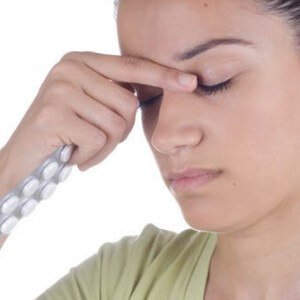
Dried apricots are useful for food when:
- atherosclerosis;
- arrhythmias;
- arterial hypertension;
- ischemic heart disease;
- tendency to thrombosis;
- cardiac and renal edema;
- diseases of the liver and pancreas in a compensated form;
- constipation;
- anemia;
- pathologies of the thyroid gland;
- sexual dysfunction;
- hypovitaminosis;
- violation of cerebral circulation;
- ophthalmopathy, myopia.
For preventive purposes, dried apricots are recommended for:
- increasing immunity before the season of infectious viral diseases;
- stool normalization during a diet;
- preventing the appearance of signs of skin aging;
- people working in harmful working conditions or having bad habits;
- after serious illnesses and operations.
It is useful to include these dried fruits in the diet of cancer patients, pregnant women and nursing mothers.
Possible harm

- gout and urolithiasis (contains many purine bases);
- diabetes mellitus (increases blood glucose levels);
- diseases of the pancreas and liver in a decompensated form (can provoke an exacerbation);
- gastric ulcer and 12 duodenal ulcer (increases acidity);
- severe obesity (high carbohydrate load);
- food allergies
To avoid unpleasant consequences, with such pathologies, dried apricots should be used rarely and in very small quantities (up to 10 pieces per week). And this applies only to natural dried apricots dried in a natural way.
Possible harm from the use of dried apricots can be great if you use “store” dried fruit. Beautiful dried apricots, which can be purchased in almost any store, do not have the useful properties of homemade dried apricots. It’s all about the way it is prepared.
Harm of “store” dried apricots
Fruits that are industrially dried can be harmful to human health. In the mass production of this dried fruit, apricots are dried in special ovens using sulfur dioxide (sulfur dioxide). This process is called sulfurization and it consists in the fact that the halves of the apricot are doused with the vapors of the sulfur being burned in the ovens for 8-12 hours. If unripe fruits were chosen for drying, the sulfurization process can take up to 20 hours. As a result of such processing, dried apricots will look attractive and have a long shelf life. Some manufacturers, instead of steam treatment, soak apricots in solutions of potassium or sodium sulfite salts, which provides the same effect.
Sulfur dioxide is a food additive permitted in our country (E220) and its maximum content in dried apricots should not exceed 0,2%. Unscrupulous manufacturers, seeking to improve the appearance of the product, often exceed these standards. The output is dried apricots with a concentration of sulfurous anhydride of more than 0,3%, which is dangerous to health, especially in childhood and old age, after serious illnesses .
If the permissible levels of sulfurous anhydride in dried apricots are significantly exceeded or when a large amount of such dried fruits are consumed, signs of food poisoning and intoxication may appear.
How to choose “store” dried apricots
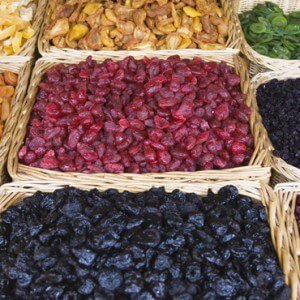
The absence of an industrial label excludes the possibility of obtaining reliable information about the manufacturer, processing method, quality indicators and shelf life of such a product. For the same reason, there is no need to purchase dried apricots piled in a mountain on the counter.
When buying imported dried apricots in their original packaging with a branded label, the second step is to inspect the integrity of the packaging and the appearance of the product. The packaging must be clean, undamaged, and the product in it must be uniform in color, without dark spots and traces of pests.
There is no need to give preference to bright orange dried apricots with a glossy finish: such a product is clearly oversaturated with preservatives. The paler the dried apricots look, the more likely it is to be minimally treated chemically. 1.
Homemade dried apricots
Home-dried dried apricots are a truly healthy product. To choose a quality dried fruit, you need to pay attention to:
- Appearance. Naturally dried apricots are orange-brown or brown in color. There should be no traces of mold on the surface of dried apricots.
- Smell: should be pronounced apricot, without impurities or mustiness.
- Consistency. Dried apricots should not be very soft or very dry.
- Surface. The surface of the dried fruit should not be sticky to the touch.
It is better to buy dried apricots for storage during the harvesting season (June-August). In this case, there is no need to worry about the conditions in which it was stored.
The best option for harvesting dried apricots is to dry them at home. This can be done in several ways:
- on a flat surface in direct sunlight;
- in a suspended state (possible in partial shade);
- in the dryer.
With such drying, it is important that the apricot halves lose the maximum amount of moisture, otherwise they will quickly become moldy during storage. During drying, apricots lose up to 80% of their weight: for 1 kg of dried apricots, about 4 kg of fresh apricots are needed.
Terms and conditions of storage
So that dried apricots do not lose their useful properties and taste during the entire storage period, they must be stored at room temperature in a clean, dry glass jar under a closed lid. Plastic bags and fabric bags are not suitable for these purposes: dried apricots will quickly lose the remaining moisture, mold or “pull” other odors. Freezing is another reliable option for long-term storage of this dried fruit.
The shelf life of dried apricots is 12 months (until the next harvest), and when frozen – 18 months (provided there is no intermediate defrosting).
Conclusion
Dried apricots – pitted dried apricot – is a very popular dried fruit. It is consumed in dried form, added to dishes (porridge, pilaf, cottage cheese casseroles, desserts) and bakery products, infusions, decoctions, compotes are prepared from it ...
It has many benefits for both adults and children. Doctors recommend including it in a therapeutic diet for various diseases, after serious illnesses and surgical interventions. A large amount of vitamins and minerals in these dried fruits has been successfully used to compensate for seasonal deficiencies and to prevent viral infections.
However, you should not get too carried away with the use of dried apricots made by an industrial method, since it is dangerous with food poisoning.
In order for dried apricots to be useful and not harm, they must be able to harvest (or choose the right one when buying), and also store them in proper conditions. Then all year round you can enjoy a delicious and healthy delicacy without risk to health.
